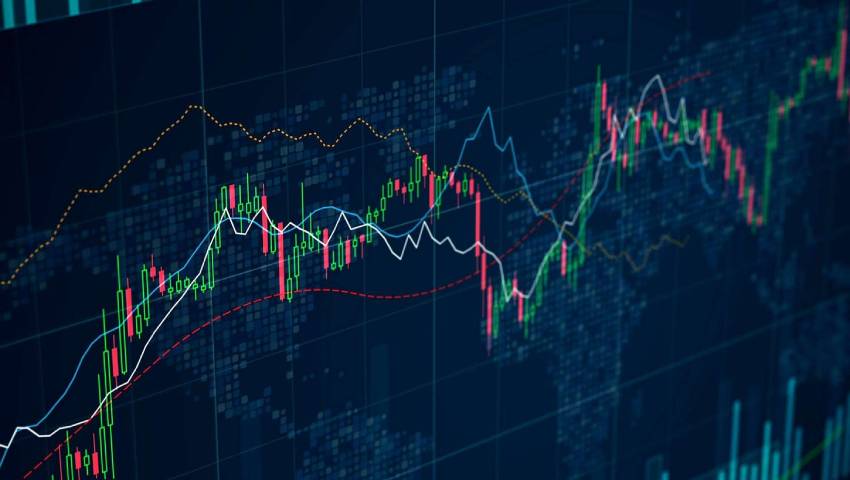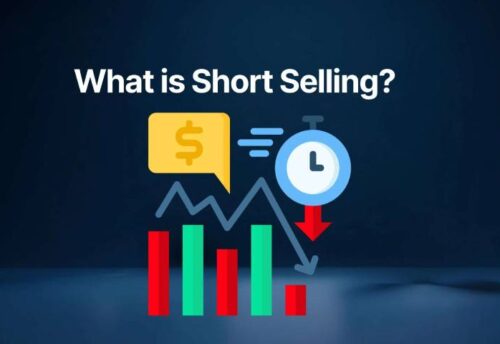
- 11/08/2025
- MyFinanceGyan
- 620 Views
- 3 Likes
- Share Market
Mastering Technical Indicators: Bollinger Bands and Golden Crossover in the Share Market
In the fast-paced world of stock trading, making informed decisions is key to success. While fundamental analysis tells us about a company’s long-term health, technical analysis helps traders make decisions based on stock price patterns and market trends.
Two of the most effective and widely used technical indicators are Bollinger Bands and the Golden Crossover. These tools help traders identify optimal entry and exit points, spot potential reversals, and confirm ongoing trends.
Let’s explore these indicators in detail and learn how they can enhance your trading strategy.
What Are Technical Indicators?
Technical indicators are mathematical formulas applied to price data—such as closing prices, trading volume, or moving averages—to interpret market behavior. These indicators help simplify complex market data into actionable signals, guiding traders in their decisions.
1. Bollinger Bands – Measuring Volatility
What Are Bollinger Bands?
Developed by John Bollinger, Bollinger Bands are a type of volatility indicator that show whether a stock is trading at relatively high or low levels compared to its recent average.
They consist of:
- Middle Band: 20-day simple moving average (SMA)
- Upper Band: SMA + 2 standard deviations
- Lower Band: SMA – 2 standard deviations
When market volatility increases, the bands expand. When volatility decreases, they contract.
How to Interpret Bollinger Bands?
- Buy Signal: When the price drops near or below the lower band, it may be considered oversold—a possible buying opportunity.
- Sell Signal: When the price touches or exceeds the upper band, it may indicate an overbought condition—a chance to sell or book profits.
- Squeeze Pattern: A tight contraction of bands (known as a squeeze) signals that a strong breakout (up or down) may be coming soon.
Pros and Cons:
Advantages:
- Adaptable to any timeframe—intraday or long-term.
- Highlights potential trend reversals and breakouts.
- Visually intuitive for beginners.
Limitations:
- Can give false signals during strong trends.
- Works best when combined with other indicators like RSI or MACD.
2. Golden Crossover – Identifying Trend Shifts
What Is a Golden Crossover?
A Golden Crossover is a bullish signal that occurs when a short-term moving average crosses above a long-term moving average—most commonly, the 50-day moving average (DMA) crossing above the 200-day DMA.
This crossover suggests the start of a new upward trend and is a strong signal watched by both retail and institutional investors.
Interpreting the Signal:
- Golden Crossover: A bullish signal—suggests price strength and long-term uptrend.
- Death Cross: The opposite pattern—50-DMA crossing below 200-DMA—is bearish and indicates potential price weakness.
Benefits and Limitations:
Advantages:
- Excellent confirmation tool for long-term investors.
- Reduces the impact of short-term volatility.
- Easy to spot on charts.
Limitations:
- It’s a lagging indicator—by the time it appears, some of the move may already have occurred.
- Less effective in sideways markets.
Combining Bollinger Bands with Golden Crossover:
Used together, these two indicators can provide more reliable and powerful trading signals.
Example Strategy:
- If a Golden Crossover occurs and the price is near the lower Bollinger Band, it can be a strong buy signal.
- A Bollinger Band squeeze followed by a Golden Crossover may signal an upcoming major breakout.
Pro Tip:
Use Bollinger Bands to time entries/exits and Golden Crossover to confirm the broader trend direction.
Where to Use These Indicators?
These indicators are available on most trading platforms, including:
- TradingView
- Zerodha Kite
- Upstox Pro
- com
- Angel One App
Simply add the indicators to your chart with one click and customize settings as needed.
Tips to Use Technical Indicators Wisely:
- Confirm with Volume: Strong moves should have matching volume spikes.
- Use in Combination: Combine with RSI, MACD, or support/resistance for better accuracy.
- Backtest Your Strategy: Use historical data to test before applying in live trades.
- Control Risk: Always use stop-losses to protect against unexpected price moves.
Conclusion:
Bollinger Bands and Golden Crossover are two powerful tools that can help traders and investors make smart, data-driven decisions in the share market. While Bollinger Bands help assess volatility and identify short-term opportunities, the Golden Crossover confirms long-term trend shifts.
However, no single indicator guarantees success. The best results come from combining multiple tools, staying disciplined, and managing risk carefully. With consistent learning and practice, these indicators can become a reliable part of your trading strategy.
Frequently Asked Questions (FAQs):
Yes, both are beginner-friendly and available on most trading platforms.
Bollinger Bands are suitable for intraday. Golden Crossover is best for swing or long-term trading.
They are most reliable in trending markets. In sideways or choppy markets, signals may be less accurate.
Yes. Platforms like Zerodha Streak and TradingView allow you to set alerts or automate strategies.
No, they can also be used in forex, commodities, and crypto markets.



